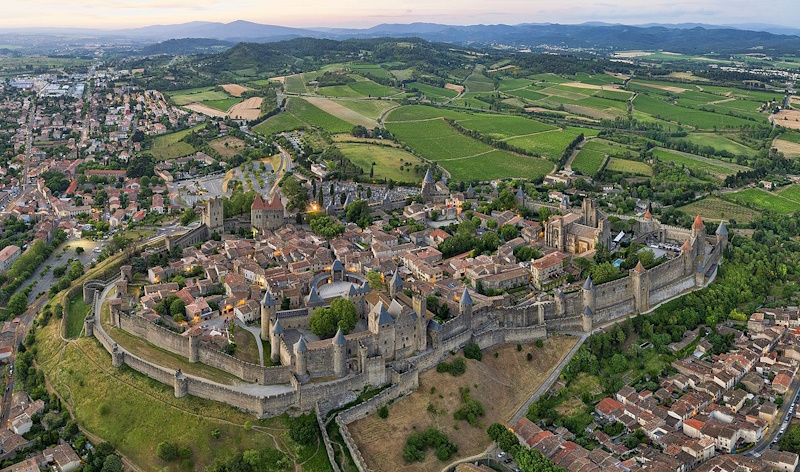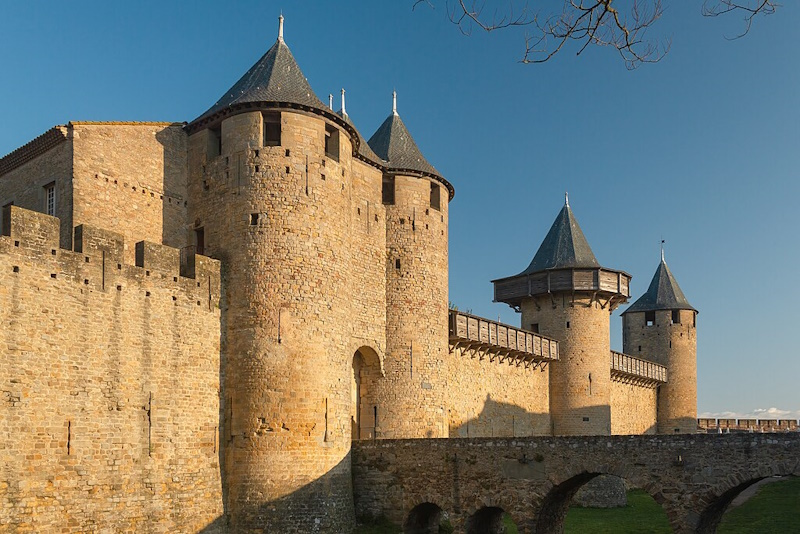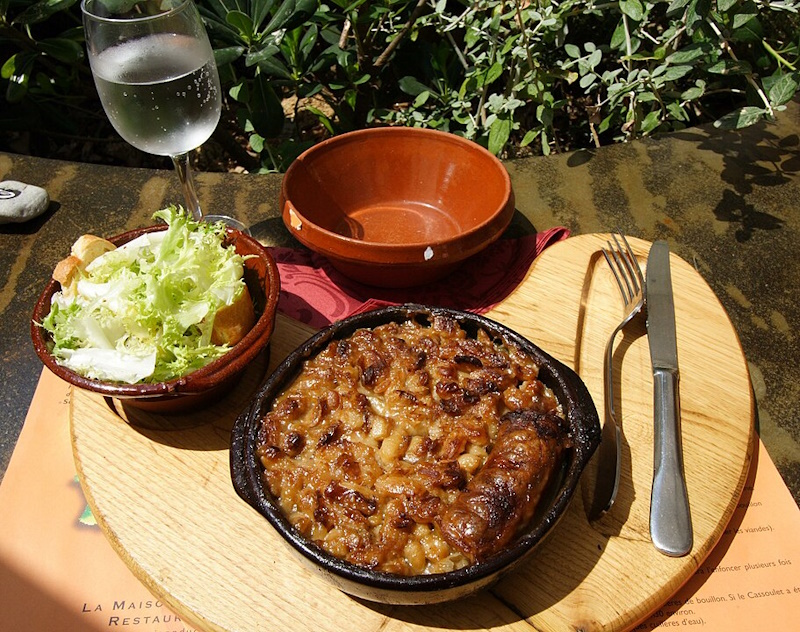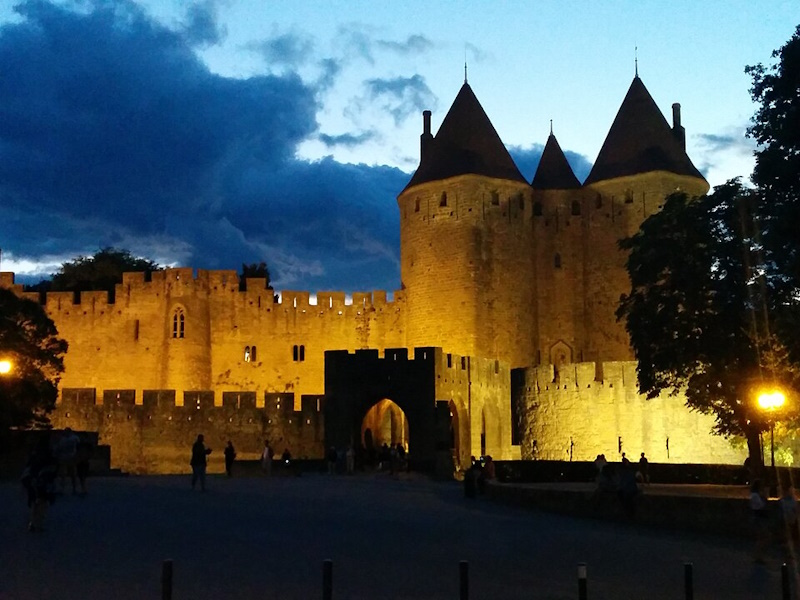7 Great Reasons to Visit Carcassonne
Carcassonne looks like a medieval legend. A fortress of towering stone walls, narrow cobbled streets, and hidden passageways. A storybook setting with centuries of history behind it.
What makes this place so unique? Here are seven things that set it apart.
See also: 5 traveler-recommended hotels in Carcassonne
1. A Fortress That Stands the Test of Time
Carcassonne’s Cité Médiévale is one of the best-preserved medieval fortresses in the world. Its walls have stood for over a thousand years, protecting the city through sieges, invasions, and wars. Walking through its gates is like traveling back in time.
From a distance, the sight is unforgettable. Fifty-two towers rise above the landscape, each topped with pointed roofs that add to the fairytale look. At sunset, when the walls glow golden, it’s pure magic.
2. A UNESCO Heritage Site
Carcassonne is a UNESCO World Heritage Site, officially recognized for its historical and architectural significance. It earned this status in 1997 for its medieval walls and the incredible restoration work that saved it from destruction.
What does this mean for visitors? The fortress is protected, so its medieval character stays intact. You won’t find modern buildings disrupting the skyline or uncontrolled development creeping in.
The site is carefully preserved, and ongoing conservation ensures that future generations will see it just as it stands today.
3. Ramparts You Can Walk
Most medieval castles keep visitors at ground level. Carcassonne lets you walk along its ancient walls, standing where guards once patrolled, looking out over the countryside.
From up there, you get sweeping views of the Aude River, the hills, and the lower town below. The best section? The long stretch between the Porte Narbonnaise and the Château Comtal, where the fortress feels endless.
4. A History That Goes Back 2,500 Years

Carcassonne’s story starts long before medieval times. The Romans fortified it in the 3rd century AD. However, its roots go even further, to ancient Iberian and Gaulish settlements.
Over the centuries, it’s been a stronghold for the Visigoths, a strategic prize in the Cathar Crusade, and a military outpost under French rule. Every layer of stone holds a different piece of history.
5. A Castle Inside a Castle

Carcassonne has a fortress within the fortress. The Château Comtal, built in the 12th century, was the last line of defense if the outer walls were breached. It’s a castle inside the citadel, with its own walls, towers, and secret passages.
Visitors can explore the inner courtyards, climb the fortified walls, and walk along the covered wooden galleries once used by archers. The best part? The audiovisual exhibits and archaeological finds inside the castle show how Carcassonne evolved over centuries, from a Roman stronghold to the massive medieval fortress seen today.
Unlike the rest of the city, access to the Château Comtal requires a ticket, but it’s worth it. The views from the ramparts stretch for miles, and it’s the best way to understand how Carcassonne functioned as a military stronghold.
6. A Special Dish That Belongs Here

The Cassoulet is the most famous dish of southern France, and Carcassonne has its own take on it. A slow-cooked stew of white beans, sausage, and meat, it’s the kind of meal that defines comfort food.
Unlike the versions from Toulouse or Castelnaudary, Carcassonne’s cassoulet sometimes uses partridge instead of duck. You won’t find a more authentic plate than in the restaurants within the fortress walls.
7. A Nighttime Glow Like No Other

By day, Carcassonne is impressive. At night, it takes on a completely different look. The fortress is fully illuminated, and the best views are from the Pont Vieux or the banks of the Aude River, where you can see the entire citadel reflected in the water.
For an even better experience, visit during the summer sound and light show, where projections and music bring the walls to life. And if you happen to be there on July 14th, the Bastille Day fireworks over the fortress are among the most spectacular in France.
